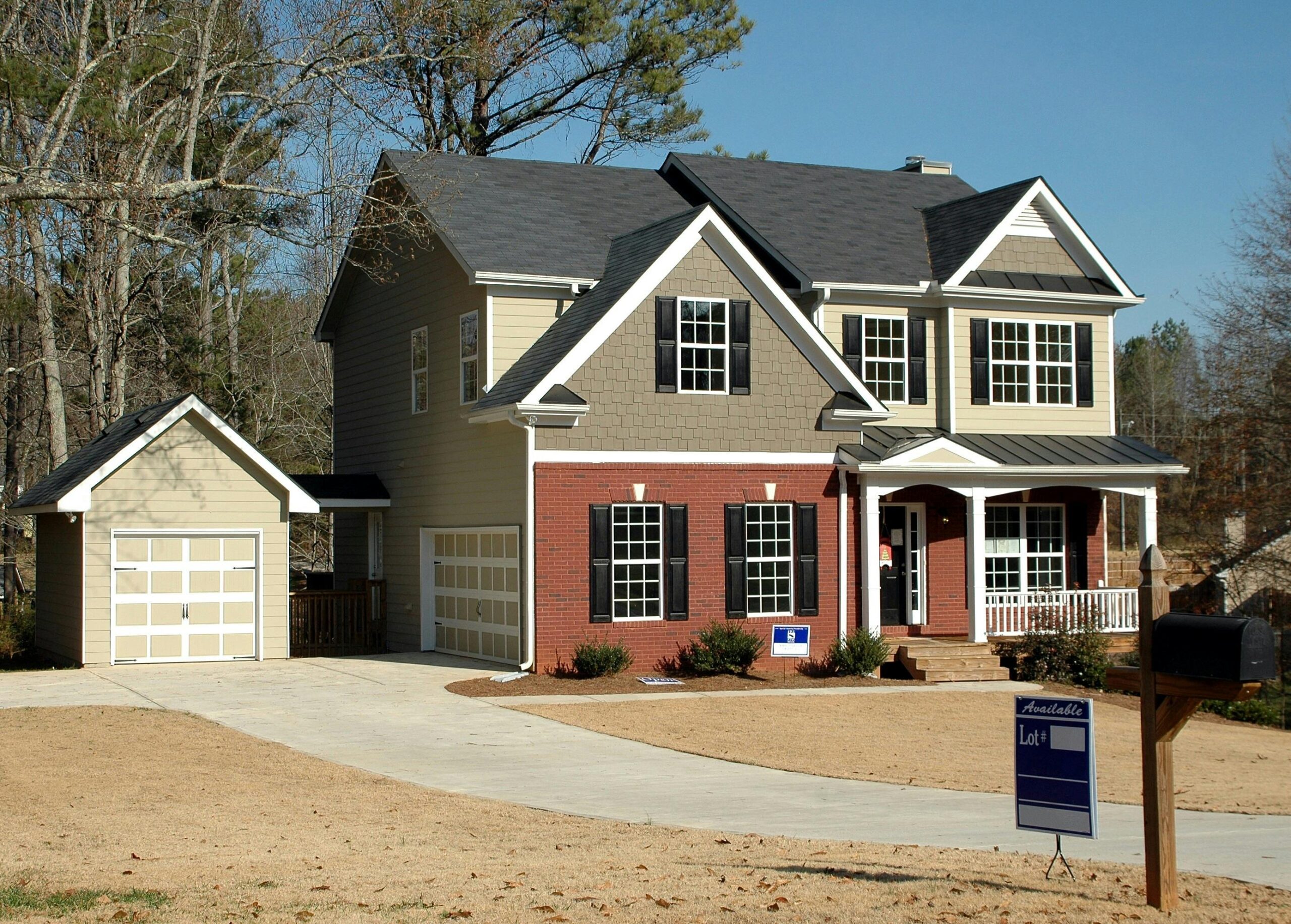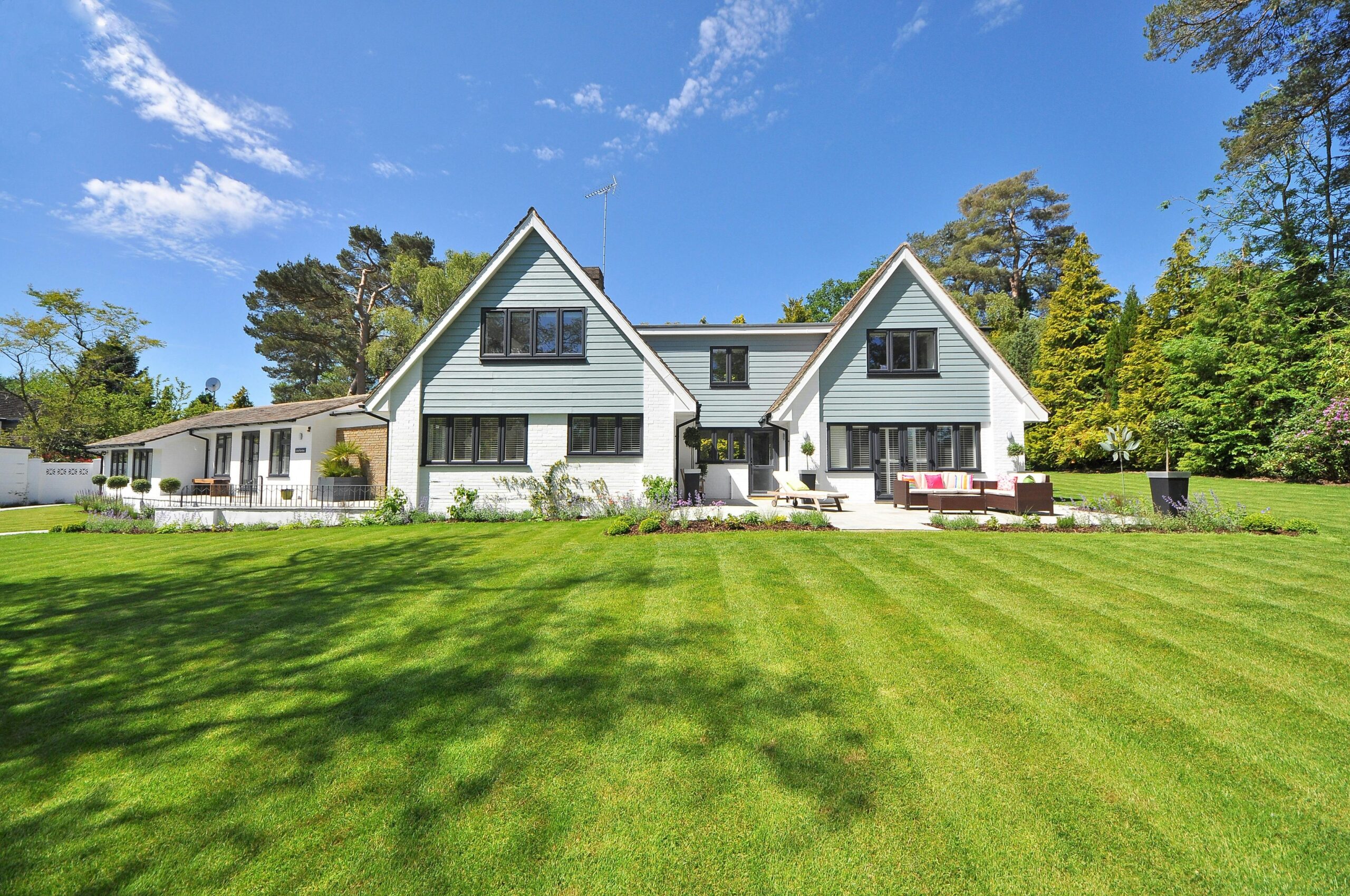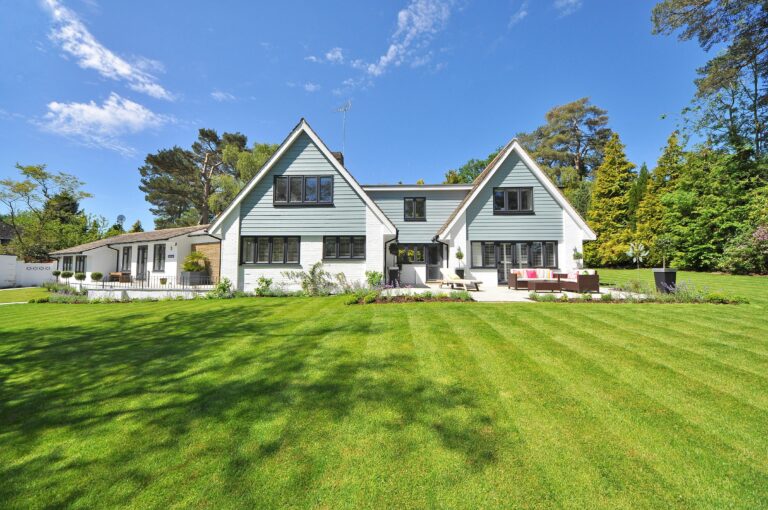As we progress through 2025, the trajectory of home prices remains a focal point for homeowners, prospective home buyers, and investors. The housing market has experienced significant fluctuations in recent years, influenced by economic shifts, policy changes, and evolving demographic trends. We turn to expert analyses and recent data to understand the current landscape and future projections.

Current State of the Housing Market
In 2024, the housing market exhibited signs of stabilization. According to Zillow’s Home Value Index, U.S. home prices increased by 2.8% from July 2023 to July 2024. However, projections for the following year suggest a deceleration, with an anticipated rise of just 0.9% from July 2024 to July 2025. This slowdown is attributed to rising housing inventory and affordability challenges that have tempered buyer demand.
Similarly, Fannie Mae’s recent analysis indicates that affordability constraints and elevated mortgage rates are likely to keep existing home sales near 30-year lows. The report forecasts that national home price growth will decelerate, reflecting a market adjusting to economic pressures and shifting consumer behaviors.
Expert Projections for 2025
Various financial institutions and real estate experts have provided insights into home price trends for 2025:
- J.P. Morgan Research anticipates a 3% overall increase in house prices for 2025. This projection aligns with a “higher-for-longer” interest rate environment, suggesting that while prices will rise, the growth rate will be modest compared to previous years.
- Goldman Sachs projects a 4.4% rise in home prices for 2025, slightly down from the 4.5% increase observed in 2024. This indicates a trend toward stabilization, with price growth moderating as the market seeks equilibrium.
- The National Association of Realtors (NAR) forecasts a 2% increase in the median home price for 2025, bringing it to approximately $410,700. This conservative estimate reflects expectations of continued, albeit slower, price appreciation.
Factors Influencing Home Prices in 2025
Several key factors are shaping the housing market and influencing home prices in 2025:
- Mortgage Rates: Interest rates play a pivotal role in housing affordability. The Mortgage Bankers Association projects that 30-year mortgage rates will stabilize around 6.5% in 2025. While this is a decrease from the highs of previous years, rates remain elevated compared to historical lows, impacting borrowing costs and buyer purchasing power.
- Housing Supply: Inventory levels continue to influence price dynamics. Fannie Mae’s analysis suggests that housing supply will remain below pre-pandemic levels, contributing to sustained affordability challenges. However, regional variations exist, with some areas experiencing more robust construction activity, particularly in the Sun Belt regions.
- Economic Policies: Government policies, including tariffs and immigration regulations, can impact construction costs and labor availability. For instance, tariffs on key housing materials like lumber and drywall, coupled with labor shortages due to immigration policies, have previously led to increased home prices.
- Demographic Shifts: Millennials, now reaching prime homebuying age, are entering the market in significant numbers. However, they face challenges such as high home prices and limited inventory. Additionally, as baby boomers age and potentially downsize or exit homeownership, shifts in supply and demand dynamics may occur, influencing price trends.
- Regional Variations: Real estate markets are inherently local, with regional economic conditions, employment rates, and population growth influencing home prices. For example, certain suburbs in Australia are poised to reach a million-dollar median property price due to steady growth and strong demand, highlighting the importance of localized market analyses.
Implications for Buyers and Sellers
Given the current projections and influencing factors, both buyers and sellers should approach the 2025 housing market with informed strategies:
- Buyers: With mortgage rates stabilizing yet remaining relatively high, affordability remains a concern. Prospective buyers should assess their financial readiness, consider locking in rates when favorable, and be prepared for limited inventory in certain markets. It’s essential to focus on long-term value and ensure that any purchase aligns with personal financial goals.
- Sellers: While home prices are expected to rise modestly, the rapid appreciation seen in previous years is unlikely. Sellers should set realistic pricing expectations and be prepared for longer listing times. Enhancing property appeal through minor renovations or staging can provide a competitive edge in a market where buyers have more options.

The housing market in 2025 is characterized by modest price appreciation, influenced by factors such as stabilized mortgage rates, constrained housing supply, and evolving demographic trends. While national averages provide a general outlook, regional variations underscore the importance of localized market assessments. Both buyers and sellers should remain informed and adaptable, leveraging expert insights and market data to navigate the complexities of the current real estate landscape.





